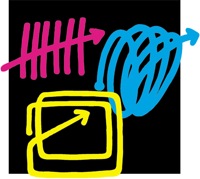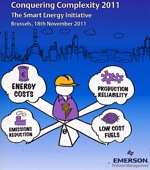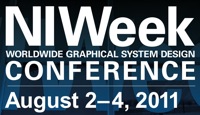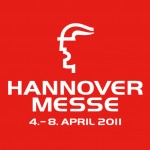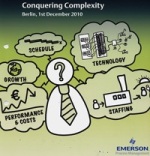Schneider Electric announced its Production Energy Optimization (PEO) solution. An energy management and analysis tool for energy intensive industrial processes, the solution reduces energy consumption per unit of production while making it more predictable for forecasting purposes. PEO is an EcoStruxure™ solution, Schneider Electric’s energy management architecture which leverages the process domain excellence of its PlantStruxure™ automation solution for industrial facilities and the intelligent monitoring and control of its automation and power management products.
 “We have little control over the market price of energy, but we can control how efficiently we use it,” Andrew Gravitt, Senior Vice President, Industry Business, Schneider Electric. “Before companies can sustainably reduce energy consumption, they need a deeper understanding of how energy is used and the ability to identify the drivers and root causes of increased energy consumption. PEO offers this understanding by providing timely access to accurate energy information, as well the operational context of how that energy was used.”
“We have little control over the market price of energy, but we can control how efficiently we use it,” Andrew Gravitt, Senior Vice President, Industry Business, Schneider Electric. “Before companies can sustainably reduce energy consumption, they need a deeper understanding of how energy is used and the ability to identify the drivers and root causes of increased energy consumption. PEO offers this understanding by providing timely access to accurate energy information, as well the operational context of how that energy was used.”
PEO enables active energy management, leveraging the collaborative architectures provided through PlantStruxure to allow operators to track and monitor performance, capture excessive consumption for analysis and continuous improvement and improve production energy forecasting. Starting with best in class components, Schneider Electric creates architectures based on open systems which are unique to specific applications and can work together across buildings, factories and data centers – across a company and multiple sites to deliver and end-to-end visibility on opportunities to optimize energy consumption. Since its launch in February 2010, the PlantStruxure architecture, the foundation of EcoStruxure for industrial customers, has been enhanced to better facilitate transparent access to information from plant devices and instrumentation through updates to open technologies, including a new set of Ethernet communications modules for the Modicon™ range of controllers which leverage both Modbus TCP™ and Ethernet/IP communication standards on the same network.
Through Schneider Electric’s production management software, Ampla™, in conjunction with its power and energy management software, PowerLogic™ ION Enterprise™, PEO provides a comprehensive view of production energy intensity for an industrial facility. It incorporates all forms of energy consumption into a single value for reporting and analysis, giving the energy manager the visibility needed to build an energy consumption model, determine how much consumption is required per unit of production and adjust processes to reduce it.
The system also offers real-time visualization of key performance indicators, empowering production staff and management to monitor performance based upon predefined targets. The Site Energy Overview feature of PEO compares energy intensity of the entire facility including processing areas, mining areas and services such as lighting, HVAC and water distribution, in order to identify areas exhibiting the highest intensity. These key performance indicators can also be analyzed and compared over a specific time period, such as a day or week.
The compilation of energy forecasts provided can be used to balance energy demand with production forecasts to honor peak demand threshold limits, thereby reducing utility costs. This forecast is also used to detect energy events, where the forecast is exceeded, and allows the energy manager to analyze those events to diagnose and eliminate them.
“Industrial energy managers are looking for ways to cut energy costs through rate and consumption reductions, as well as peak rate and usage penalty avoidance,” said Craig Resnick, Research Director, ARC Advisory Group. “Companies that offer an accurate look into the relationship between energy consumption and cost, arming the manager with the information necessary to make smart decisions on the plant floor, will become increasingly important as the industry moves towards a future focused on reducing costs and consumption.”
The PEO solution is tailored to many different industries with energy intensive processes, such as grinding, crushing, milling, and heating & cooling, many of which are employed in the mining and metals processing and glass fabrication industries










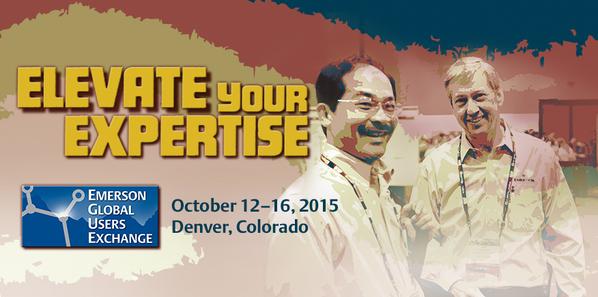



 Report & Links
Report & Links
 Emerson Exchange Daily
Emerson Exchange Daily

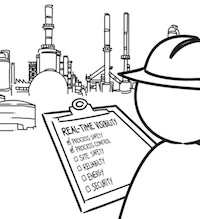



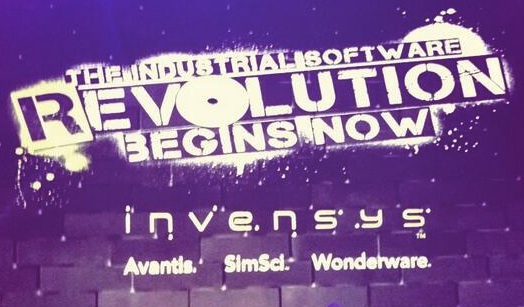
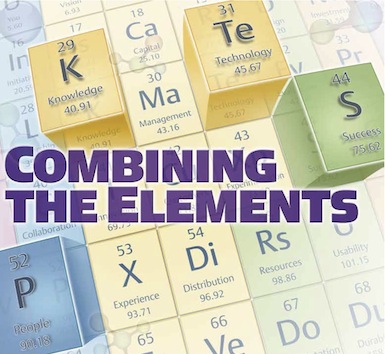
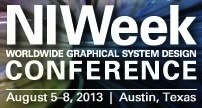
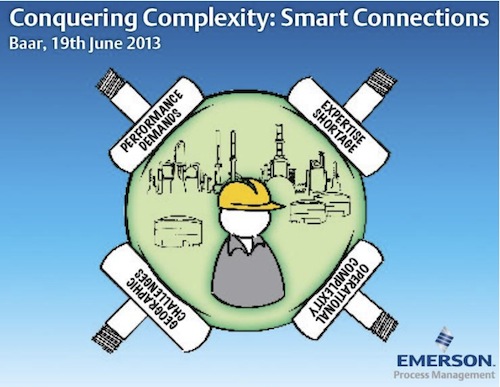
 Honeywell User Group Meeting
Honeywell User Group Meeting


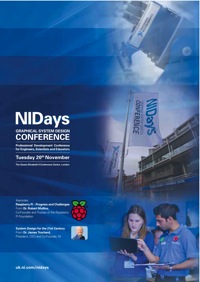









 Hannover Fair on twitter.
Hannover Fair on twitter.
